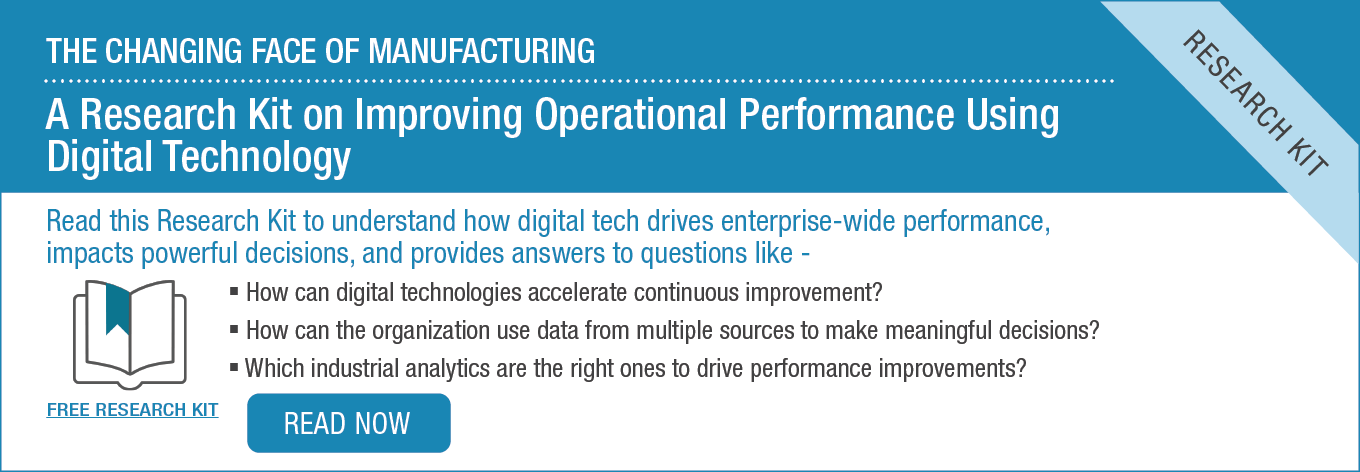Tesla: all sport and style, but how "green" can it really be? This week's roundup includes discussions on energy efficiency and product quality as it relates to Tesla and recent Johnson & Johnson recalls. Also included is the evaluation of manufacturing driving forces from the standpoint of a PLM implementation. Thinking about cloud manufacturing software? We've included recent data that explores the rising adoption rates.
As always, if you stumble upon any articles that you feel would be a beneficial share for the LNS community, please feel free to send them my way!
More than 150 (out of 300) manufacturers surveyed indicated that they expect to undergo a major business transformation within the next three years. It’s no secret that many companies were built by embracing all that globalization had to offer are back at the stepping stone for redevelopment. Manufacturing Business Technology published a recent article written by Beth Ambaruch, Director Corporate Communications at PTC, evaluating the driving forces of such change. Ambaruch not only discusses these important factors, but does so from a PLM (product lifecycle management) strategy. 6 driving forces for manufacturing.
Tweet this article | Share on LinkedIn
As green as a golf cart? A Prius? An SUV?
The Tesla was successful at flipping the traditional consumer reaction to electric cars – great for the environment, unattractive, impractical, wouldn’t buy it. Now that people are purchasing this more stylish option, they are beginning to question if it is as green as we believe it is. There are many variables that affect the answer to this [who you ask, what assumptions are made, the quantification of environmental impact, etc.] and the results can be anywhere between “as green as a Prius” or “as dirty as an SUV." Did you know that for Tesla this often depends on where you live? I won’t give away all the insights provided by Slate, but here’s a hint: there's a lot you might not know about electric cars… How green can that be?
IMAGE: Cooper, Jeff. Tesla Model S charging at a Tesla Supercharger station at Delaware. July 28, 2013. Flicker, https://flic.kr/p/fjBjaW.
Tweet this article | Share on LinkedIn
The New York Times has reported on Johnson & Johnson recalling two well-known products within the past week; an injectable antipsychotic due to mold, and liquid infant Motrin containing plastic particles. While both of these products were manufactured outside of the company, and the harm to consumers was reported as low, the actions are threatening to J&J’s “most trusted” brand image. In the past the company has struggled with product quality and recalls, which has people questioning if effective changes have since been made to its quality control infrastructure. A new chief executive has been elected in the hopes of focusing more on overall quality and not just cost-cutting. Concerns about J&J’s quality improvements.
Tweet this article | Share on LinkedIn
Imagine having manufacturing software features like automatic updates, unlimited capacity upgrades, built-in disaster recovery, and universal remote access capabilities. Sound too good to be true? It’s not. Cloud platforms are already bringing this level of functionality to manufacturing businesses. Mark Davidson’s newest article examines reasons why some MOM executives may be resistant to cloud adoption (hint: it’s not for lack of information or interest), new data points from both manufacturing executives and software vendors, and what MOM software vendors are doing to address end-user concerns. Read more.
Tweet this article | Share on LinkedIn
